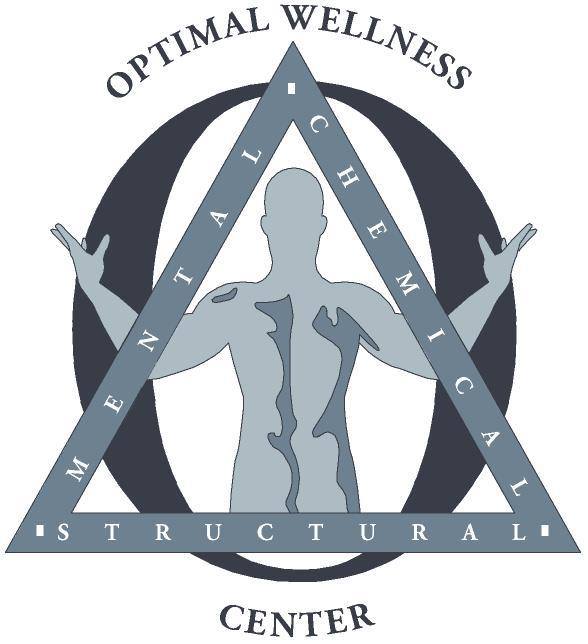Pinched Nerve in Back From Lunges: Causes, Symptoms, and Treatments
Lunges are a fantastic exercise for strengthening the lower body, but improper form or overexertion can sometimes lead to a pinched nerve in the back. This condition, also known as lumbar radiculopathy, occurs when a nerve in the lower back becomes compressed or irritated, causing pain and discomfort. Let’s dive into the symptoms, causes, and treatments for this condition, as well as tips for prevention and recovery.
What Is a Pinched Nerve in the Lower Back?
A pinched nerve in the lower back happens when excessive pressure is placed on a nerve root in the lumbosacral region of the spine. This pressure can result from a variety of factors, including poor exercise technique, injury, or underlying spinal issues. The medical term for this condition, radiculopathy, refers to nerve root compression or inflammation.
Symptoms of a Pinched Nerve in the Lower Back
The symptoms of a pinched nerve in the lower back can vary in intensity but often include:
Sharp or shooting pain in the lower back.
Numbness or tingling, often radiating to the legs.
Weakness in the legs or difficulty standing.
Muscle spasms or reflex loss.
Pain that worsens with movement, sneezing, or coughing.
These symptoms are classified as radicular symptoms because they stem from the irritated nerve root.
Common Causes of Pinched Nerve in the Back From Lunges
Performing lunges with improper posture or form can lead to excessive strain on the lower back, causing nerve compression. Other contributing factors include:
Herniated or Bulging Discs: Pressure from misaligned discs compresses nerve roots.
Poor Core Stability: A weak core fails to support the spine during movements like lunges.
Overuse or Repetition: Repeating lunges without proper rest can strain spinal structures.
Underlying Conditions: Issues like spinal stenosis, spondylolisthesis, or arthritis can exacerbate nerve compression.
Diagnosis of Lumbar Radiculopathy
To diagnose radiculopathy in the lumbar region, a healthcare provider will conduct:
Physical Exam: Assessing pain triggers, reflexes, and muscle strength.
Imaging Tests: X-rays, MRIs, or CT scans to identify structural issues such as herniated discs.
Straight Leg Test: To pinpoint nerve compression affecting leg mobility.
Treatment for a Pinched Nerve in the Lower Back
Managing a pinched nerve in the lower back involves a combination of self-care, non-invasive therapies, and in some cases, medical interventions. Here’s how to heal a pinched nerve in the lower back:
Rest and Activity Modification: Avoid exercises or movements that worsen pain.
Over-the-Counter Medications: Nonsteroidal anti-inflammatory drugs (NSAIDs) help reduce inflammation.
Physical Therapy: Strengthening the core and improving flexibility can relieve nerve pressure.
Ice and Heat Therapy: Ice reduces swelling, while heat relaxes tight muscles.
Chiropractic Adjustments: Realigning the spine can alleviate pressure on the affected nerve.
Shockwave Therapy: Uses sound waves to stimulate healing in soft tissues and reduce nerve pain.
Spinal Decompression Therapy: A non-surgical method to gently stretch the spine, relieving nerve compression.
Massage Therapy: Helps reduce muscle tension and improve blood flow around the affected area, easing nerve irritation.
Platelet-Rich Plasma (PRP) Therapy: Injections of concentrated platelets can accelerate tissue repair and reduce inflammation.
Acupuncture: May help relieve pain by stimulating nerve pathways.
If symptoms persist, a doctor may recommend spinal injections or, in rare cases, surgery to decompress the nerve.
Stretches and Exercises for Recovery
Gentle stretches and strengthening exercises can promote healing and prevent recurrence:
Knee-to-Chest Stretch: Relieves tension in the lower back.
Cat-Cow Stretch: Enhances spinal flexibility and eases stiffness.
Gluteal Stretch: Targets the hip muscles, reducing strain on the lower back.
Always consult with a professional before starting new exercises to avoid worsening symptoms.
When to Seek Medical Help
See a doctor if you experience:
Severe or worsening pain despite self-care.
Loss of bladder or bowel control.
Progressive leg weakness or numbness.
These symptoms could indicate a more serious condition like lumbosacral sensory radiculitis or nerve root inflammation, requiring urgent care.
Prevention Tips for Avoiding a Pinched Nerve
Use proper form during lunges, keeping your back straight and engaging your core.
Avoid overloading with heavy weights until your technique is solid.
Incorporate core-strengthening exercises into your fitness routine.
Stretch and warm up before workouts to increase flexibility and reduce injury risk.
FAQs
1. What does a pinched nerve in the back feel like?
A pinched nerve may cause sharp, stabbing pain, numbness, or tingling in the lower back, often radiating to the legs.
2. How do you fix a pinched nerve in the lower back?
Treatment options include rest, physical therapy, medication, and, in severe cases, injections or surgery.
3. How to ease a pinched nerve in the lower back?
Ice, heat, gentle stretches, and avoiding aggravating activities can help ease discomfort.
4. What is a lumbar nerve root?
The lumbar nerve root is the part of the spinal nerve that exits the lumbar vertebrae and can become compressed during lumbosacral radiculopathy.
Takeaway
A pinched nerve in the back from lunges can disrupt daily life, but with proper treatment and preventive measures, you can recover and return to your fitness routine. If you experience persistent symptoms, consult a healthcare provider to develop a personalized treatment plan.
